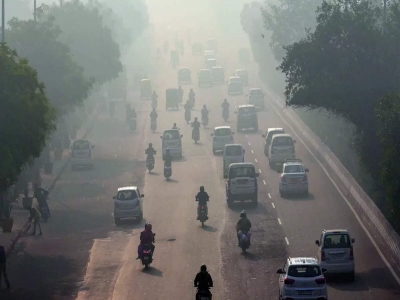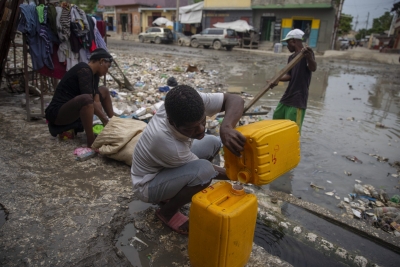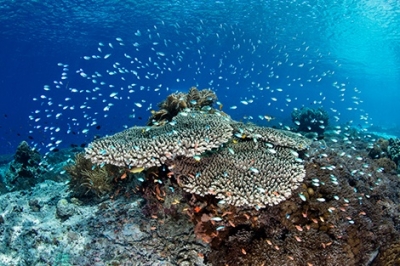
A portal named "PRANA" was launched by the Ministry of Environment Forest and Climate Change under the National Clean Air Programme (NCAP) on the occasion of the second International Day of Clean Air For Blue Skies, on September 7 this year. What is this portal for?
Air pollution, a major threat
Air pollution poses a major threat to human health, besides affecting animals and plants. A type of environment pollution, it affects the quality of air around us. A mixture of solid particles, gases, and droplets that remain suspended in the air, it is primarily caused by human activities, taking the form of exhaust from vehicles, emissions from factories and vapour from aerosol cans. Dust, pollen, mould spores, and animal dander (skin flakes shed by animals) too affect air quality. Air pollution is common in large, urban cities where emissions from varied sources remain trapped.
The Central Government has launched several initiatives, including the recent PRANA, to improve air quality in the country. PRANA stands for Portal for Regulation of Air pollution in Non-Attainment cities. It has been launched for monitoring and regulation of air pollution in 132 cities across the country-the cities that come under the National Clean Air Programme (NCAP). The portal (prana.cpcb.gov.in) aims at providing real-time information on city wise pollution levels. It will tracking of physical as well as the support financial status of city air action plan implementation and disseminate information on air quality to the public. It also provides information on how specific cities are curbing air pollution levels, as well as data on air pollution mitigation milestones achieved since 2018. It is said that information available on this portal will help shape future policy decisions.
What is NCAP?
NCAP is the National Clean Air Programme launched in 2019 in partnership with various Ministries and States to improve air quality in over 100 cities. It is the first-ever effort in the country to frame a national framework for air quality management with a time-bound reduction target. The tentative target is to reduce Particulate Matter (PM10 and PM2.5) concentration by 20-30% 2024 by across the country.
Non-attainment cities
These are those that have failed to meet the National Ambient Air Quality Standards (NAAQS) for PM 10 (particulate matter of 10 microns or less in diameter) or nitrogen dioxide for over five years. These were identified by the Central Pollution Control Board (CPCB) on the basis of their ambient air quality data available from 2014.
Who developed PRANA?
Knowledge Lens, a B2B product company that builds innovative solutions in niche technologies, including Big Data, Al, IoT, in collaboration with the CPCB, Deutsche Gesellschaft fur Internationale Zusammenarbeit (GIZ), and the Ministry of Environment. Forest and Climate Change, has developed PRANA.
Picture Credit : Google





